Sinusitis is another name for a sinus infection. It occurs when the sinuses or four paired spaces in the head which keep the nose clean and free of bacteria become blocked and filled with fluid. While acute sinusitis only lasts a few days, chronic sinusitis can persist for more than 12 weeks and may require surgery.
In most cases, chronic sinusitis is caused by blocked airways from asthma and allergies, an infection, a fungus, a deviated septum, a weak immune system, or growths known as polyps. Patients with this condition typically experience symptoms such as pressure in the face, post-nasal drip, yellow or green nasal discharge, a stuffy nose, toothache, headache, and ear pain.
Sometimes, chronic sinusitis can be treated by treating underlying conditions such as asthma or allergies, antifungal medication, corticosteroid sprays, and staying away from environmental triggers. Other times, however, sinus surgery may be necessary.
Sinus surgery is usually recommended for patients who have a deviated septum, polyps, or another structural problem. Its main goal is to relieve the patient's symptoms and reduce how many infections they develop. Sinus surgery may also make it easier for a patient to breathe through their nose and improve their sense of smell.
Common Types of Sinus Surgery
There are a few types of sinus surgery that a doctor may suggest including:
Endoscopy
During an endoscopy, a doctor will insert a thin and flexible instrument known as an endoscope into a patient's nose. An endoscope can help them pinpoint where the sinuses are blocked and use other instruments to effectively remove polyps and scar tissue. Fortunately, this procedure does not involve cutting into the skin, leading to a faster recovery.
Balloon Sinuplasty
A balloon sinuplasty is a newer procedure that may be a viable treatment option if a doctor does not need to remove anything from a patient's sinuses. It involves placing a thin tube with a balloon into a patient's nose. The doctor will guide the balloon to the blocked area inside of the nose and inflate it to improve sinus draining and alleviate congestion.
Recovering From Sinus Surgery
Following sinus surgery, a doctor may place gauze over the patient's nose to absorb blood and other fluids. This is called nasal packing and may be removed in a follow-up appointment. A doctor may also recommend sleeping with an elevated head, refraining from nose blowing for at least a week, and keeping the mouth open during sneezing to take some pressure of the nose. A few days after the procedure, most patients feel better and experience fewer symptoms.
It is important to note that sinus surgery is not necessarily a cure for chronic sinusitis. Patients who undergo it are encouraged to view it as a component of their treatment plan that can improve their breathing and overall quality of life.

